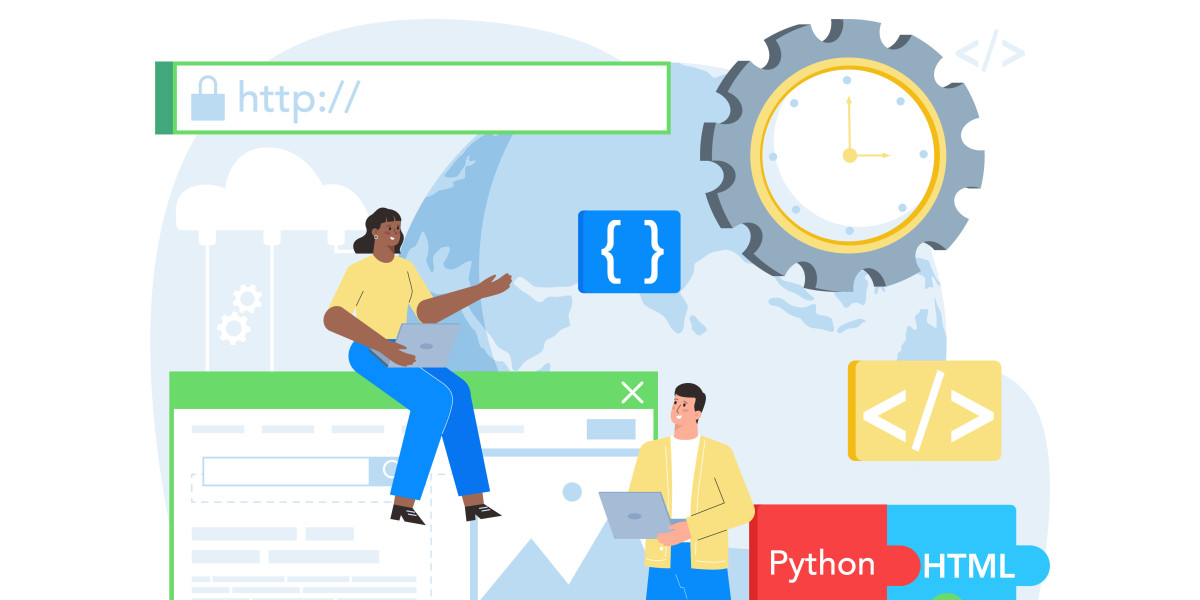In the fast-paced world of today, the workplace can often become a breeding ground for stress and anxiety. The demands of modern professional life, coupled with personal expectations and societal pressures, can lead to a significant toll on an individual’s mental well-being. Two prevalent forms of anxiety that many professionals face are work anxiety and performance anxiety. In this article, we will delve into the depths of these challenges, exploring their origins and implications. More importantly, we will shed light on the transformative power of work anxiety therapy and performance anxiety therapy in reclaiming a sense of balance and harmony in the professional realm.
Understanding Work Anxiety:
Work anxiety is a pervasive issue that affects individuals across various industries and job roles. It can manifest in different ways, such as excessive worry about job performance, fear of failure, or an overwhelming sense of pressure to meet deadlines. The roots of work anxiety often lie in a combination of external factors, such as a demanding work environment, and internal factors, such as perfectionism or imposter syndrome.
One of the keys to addressing work anxiety is recognizing the signs and symptoms early on. Physical symptoms may include headaches, fatigue, or digestive issues, while emotional indicators can range from irritability to a constant sense of dread. Identifying these signs is crucial for seeking timely intervention through work anxiety therapy.
Work Anxiety Therapy:
Work anxiety therapy is a structured and evidence-based approach designed to help individuals cope with and overcome the challenges associated with workplace stress. Therapists specializing in this area employ various techniques to address the root causes of anxiety and equip individuals with effective coping mechanisms.
Cognitive-behavioral therapy (CBT) is a widely used modality in work anxiety therapy. It focuses on identifying and challenging negative thought patterns, helping individuals reframe their perspectives, and developing healthier coping strategies. Mindfulness-based interventions are also commonly incorporated, fostering self-awareness and emotional regulation.
Performance Anxiety:
Performance anxiety, on the other hand, is specifically centered around the fear of not meeting expectations or falling short in professional or personal endeavors. It is not limited to public speaking or presentations; performance anxiety can permeate various aspects of work, from meetings to daily tasks, hindering one’s ability to perform at their best.
The pressure to excel and the fear of judgment can create a vicious cycle, further exacerbating performance anxiety. This phenomenon can lead to a decline in self-esteem, decreased job satisfaction, and even burnout if left unaddressed.
Performance Anxiety Therapy:
Performance anxiety therapy is a targeted intervention aimed at helping individuals navigate the challenges associated with the fear of performance-related tasks. Therapists work collaboratively with clients to identify the specific triggers and beliefs contributing to performance anxiety, tailoring strategies to address these issues.
Exposure therapy is a common technique employed in performance anxiety therapy, gradually exposing individuals to the feared situations while providing support and coping mechanisms. Relaxation techniques, cognitive restructuring, and visualization exercises are also integral components, empowering individuals to manage anxiety and enhance their performance.
Integration of Work and Performance Anxiety Therapies:
Recognizing that work anxiety and performance anxiety are often interconnected is crucial for comprehensive therapeutic interventions. Many professionals experience a blend of these anxieties, where the fear of underperforming at work contributes to a broader sense of work-related stress.
Therapists skilled in both work and performance anxiety can create personalized treatment plans that address the unique challenges of each individual. This integrated approach ensures a holistic and sustainable solution, fostering resilience and emotional well-being in the face of workplace demands.
The Benefits of Seeking Therapy:
Enhanced Self-Awareness: Work anxiety therapy and performance anxiety therapy provide individuals with the tools to understand the root causes of their anxieties, fostering self-awareness and emotional intelligence.
Improved Coping Strategies: Therapists equip individuals with practical coping strategies that can be applied in real-time, empowering them to navigate stressors effectively.
Enhanced Performance: By addressing performance anxiety, individuals can unlock their full potential, leading to improved job performance, increased job satisfaction, and career advancement.
Prevention of Burnout: Early intervention through therapy can prevent the escalation of anxiety to burnout, preserving long-term mental and physical well-being.
Sustainable Well-Being: The skills learned in therapy are not only applicable in the workplace but can also contribute to a more balanced and fulfilling life overall.
Conclusion:
Work anxiety and performance anxiety are pervasive challenges in the modern professional landscape, affecting individuals across industries and job roles. Recognizing the signs and seeking timely intervention through work anxiety therapy and performance anxiety therapy is crucial for maintaining mental well-being and achieving professional success.
By integrating these therapies, individuals can build resilience, overcome challenges, and cultivate a positive and fulfilling work experience. As we collectively strive for healthier work environments, understanding and addressing these anxieties is a crucial step towards creating a workplace that promotes not only productivity but also the holistic well-being of its members.








